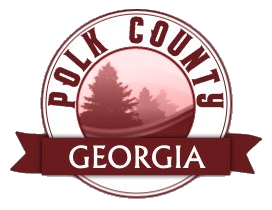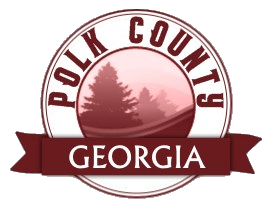The Local Mitigation Planning Process
The mitigation plan is a community-driven, living document. The planning process itself is as important as the resulting plan because it encourages communities to integrate mitigation with day-to-day decision making regarding land use planning, floodplain management, site design, and other functions. Mitigation planning includes the following elements:
Public Involvement – Planning creates a way to solicit and consider input from diverse interests, and promotes discussion about creating a safer, more disaster-resilient community. Involving stakeholders is essential to building community-wide support for the plan. In addition to emergency managers, the planning process involves other government agencies, businesses, civic groups, environmental groups, and schools.
Risk Assessment – Mitigation plans identify the natural hazards and risks that can impact a community based on historical experience, estimate the potential frequency and magnitude of disasters, and assess potential losses to life and property. The risk assessment process provides a factual basis for the activities proposed in the mitigation strategy.
Mitigation Strategy – Based on public input, identified risks, and available capabilities, communities develop mitigation goals and objectives as part of a strategy for mitigating hazard-related losses. The strategy is a community’s approach for implementing mitigation activities that are cost effective, technically feasible, and environmentally sound as well as allowing strategic investment of limited resources.
For comments and questions email ema@polkga.org



















